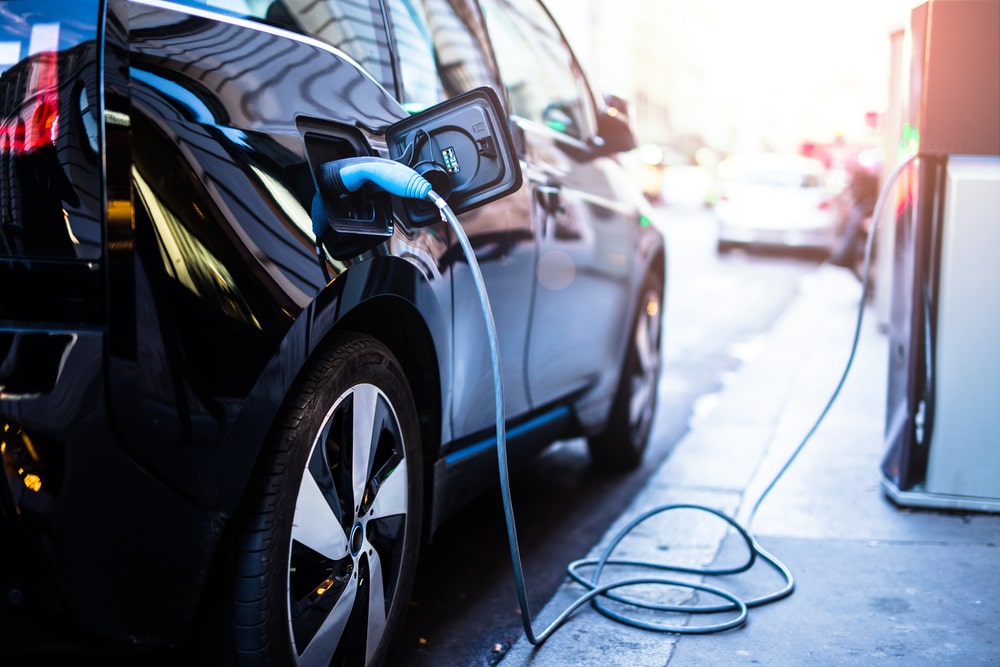Negative Equity Car Loan
Need a car loan but have negative equity? Don’t worry – you can find cost-effective finance solutions.
Author
Savvy Editorial TeamFact checked
Vehicles are one of the most practical purchases we ever make. They’re essential for so many of the things we do day-to-day. Negative equity is perhaps more common than you might think, so it’s not unusual for vehicle owners to find themselves with a car finance shortfall. Read on to discover your options from some of Australia’s top vehicle finance lenders.
What is car loan negative equity and how does it happen?
Negative equity on a car loan is when you owe more to the car finance lender than what your vehicle is currently worth. The first thing to note about negative equity is that you didn’t necessarily make a bad car loan decision: vehicles typically lose 20% of their value during their first year on the road. Couple that with a long-term finance deal and you have the makings of a shortfall in value.
Negative equity is really only an immediate problem if you want finance to upgrade your car. Depreciation slows down markedly after the first couple of years so, in many cases, negative equity either lessens or disappears entirely during the latter stages of a car loan. There are a few car loan factors that make negative equity more likely:
- Balloon payments: Using a balloon payment is a great way to manage the monthly costs of a car loan, but it can leave you more prone to negative equity. When you set a substantial residual or balloon amount, you essentially spend the term paying down less of the figure you borrowed. That means you owe more when the finance agreement ends.
- Zero deposit car loans: Using a deposit for a car loan comes with a couple of distinct advantages. Firstly, your repayments are lower, and you pay less interest during the course of the finance agreement. Secondly, you protect yourself against negative car loan equity because you start your repayments with some equity ‘in the bank.’ When you don’t use a deposit, you’re almost guaranteed to spend at least the first couple of years of your loan in the red because of the way your vehicle depreciates.
- Buying brand-new versus used cars: Of course, depreciation dictates that you’re more prone to negative car loan equity when you buy a new vehicle. As per the first two points, that risk is amplified the longer you borrow and the less deposit you use, and with the size of any balloon payment.
How does a negative equity car loan work and how can I apply?
Negative car loan equity can be an inconvenience, but it’s not insurmountable. Savvy partners with many specialist lenders who offer products designed to get you past the problem.
When you need to upgrade your car with negative equity, these lenders will agree to fund both the cost of clearing the shortfall and the purchase of a newer model, and you pay a single monthly repayment that covers both. Negative equity car loans typically allow for up to $8,000 difference between what you owe on your existing vehicle and what it’s currently worth.
Negative equity car loans otherwise work in the same way as standard vehicle finance. You borrow an agreed amount and repay that with interest over a set period between one and seven years.
Applying for a negative equity car loan is pretty much the same as a standard car loan application. You’ll need to provide the lender with some documents, such as photo ID, proof of address, details about your current borrowing, paperwork for any assets you own, and access to your online bank statements.
Explained: Your negative equity car loan options
Use a negative equity car loan
Every car owner is different and, while one or more of the above alternatives may work for you in theory, the decision you make will be based on your priorities. If you need a new car urgently or don’t have the time to deal with private buyers, for instance, a negative equity car loan provides a way to deal with the shortfall over time but find a solution right now.
Wait a bit longer
This is perhaps the easiest thing to do, but it won’t be possible if you need to buy a new car because the size of your family has increased, for instance. Sitting on the situation will almost certainly put you in a better position as your car’s depreciation slows and you accumulate more equity through making monthly repayments, but this isn’t an option in all situations.
Make extra repayments
If you can only stand to wait a bit longer and your budget allows, you can ask your current lender about making voluntary extra repayments in the period leading up to your trade-in. Beware, though, that some car loans have penalties for doing this – typically fixed-rate finance packages. While fees will make this a slightly less effective option, it might still be worth doing.
Pay off the shortfall
This option definitely requires a budget, but it will be cheaper than using finance in the longer term. If you have savings, you could pay off the existing finance, including the shortfall, and start afresh with a new vehicle loan. If your outstanding car finance comes to $20,000, for example, and you’re only being offered $15,000 when trading it in, you could put in the extra $5,000 and walk away.
Don’t trade the vehicle in
Cars almost always fetch better prices in private sales than dealers pay for trade-ins. You’re essentially removing the middleman when you sell your car privately, so this option could claw you back some of the shortfall. Selling privately typically works best if your vehicle is in good condition and comes with good optional extras.
Top tips for avoiding negative car loan equity
Use a deposit if you can afford one
As we’ve learned, depreciation matters. The more you borrow, the likelier you are to experience negative car loan equity. That’s especially true if you plan on upgrading your car every couple of years, so use at least a 20% deposit whenever you can.
Pay it off quicker
If your budget allows, making larger repayments for a shorter period will protect you from negative car loan equity. Longer car loan terms mean you’re paying less of what you borrowed down each month.
Don’t overspend
Right from the get-go, spending more money than you can afford puts you at risk of negative car loan equity. You’ll be forced to pay off less of the loan during the crucial first couple of years. Buy within your means and stay on top of a shortfall more easily.
Consider a late model second-hand car
If you don’t have the means to use a deposit, you can bypass a lot of depreciation issues by buying a two-year-old vehicle, for instance. Remember that car warranties typically last between five and seven years, so you could pick up an absolute bargain this way.
Compare car loan interest rates
All lenders are different and the cost of various car loans can also vary significantly. It’s almost impossible to check every option out there, so enlisting the help of a Savvy broker can help you find a cost-effective deal. The less interest you pay, the quicker you reduce what you owe and the less likely you are to have a problem.
Find answers to your negative equity car loan questions here
If you’re asking yourself this question, chances are that you’re thinking about upgrading your current car. If that’s the case, you’ll need to compare the current value of your vehicle with what you still owe. You could do that by visiting a dealership and asking for a trade-in appraisal, seeking out an independent valuer or doing so online. After that, all you need to do is either check your car loan balance online or call up your lender and enquire. If your vehicle value is less than that balance, you have negative car loan equity.
Negative equity sometimes strikes because of a vehicle accident. Car buyers who drive the same car for several years sometimes pass through a period of shortfall without even noticing – but when your car gets written off, it can become an issue if you owe more on finance than the insurance company is prepared to pay out. You could avoid this by taking out gap insurance or by reviewing your comprehensive car insurance each year with an agreed value in line with your finance balance and not solely using a market value policy.
Being in a position where you can no longer afford your existing loan and you have a finance shortfall isn’t great – if you’ve lost your job, for instance. Talk with your current loan provider as soon as you can and see if they’ll agree to adjust the terms of your finance. Lenders prefer to help where they can. Alternatively, if your situation changes for the better, you’ll be able to make extra repayments to pay off your loan more quickly, although you should look out for any potential fees related to doing so.
Many borrowers receive their car loan funds within one or two working days, so the whole process from application to receiving funds is a very fast one.
Probably not – you might find that your bank is reluctant to provide funding beyond the value of your new car. It’s always best to check out as many lenders and products as possible before you commit, as you’re more likely to find suitable lenders based online that can help you out.
Yes – there are lenders who will consider applications for car loans where you include on-the-road costs like delivery fees, stamp duty, and even insurance.










